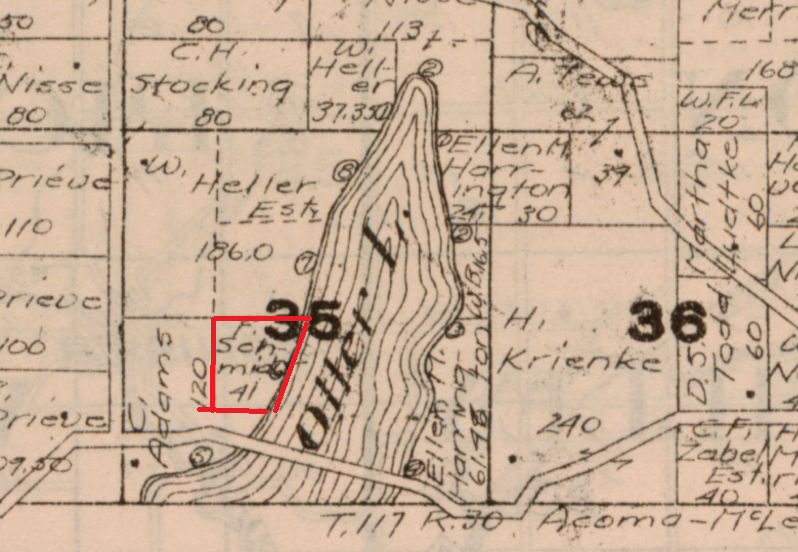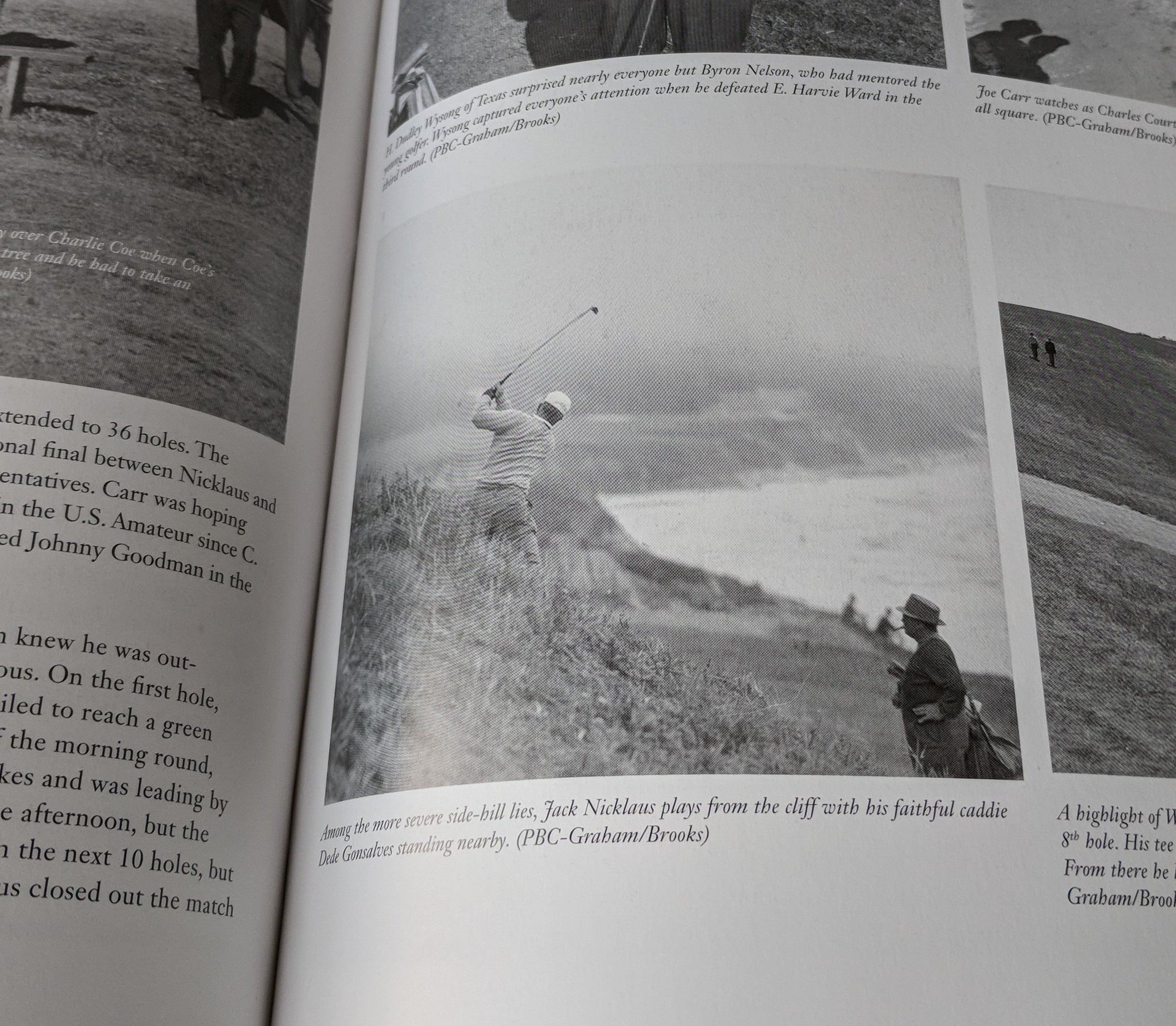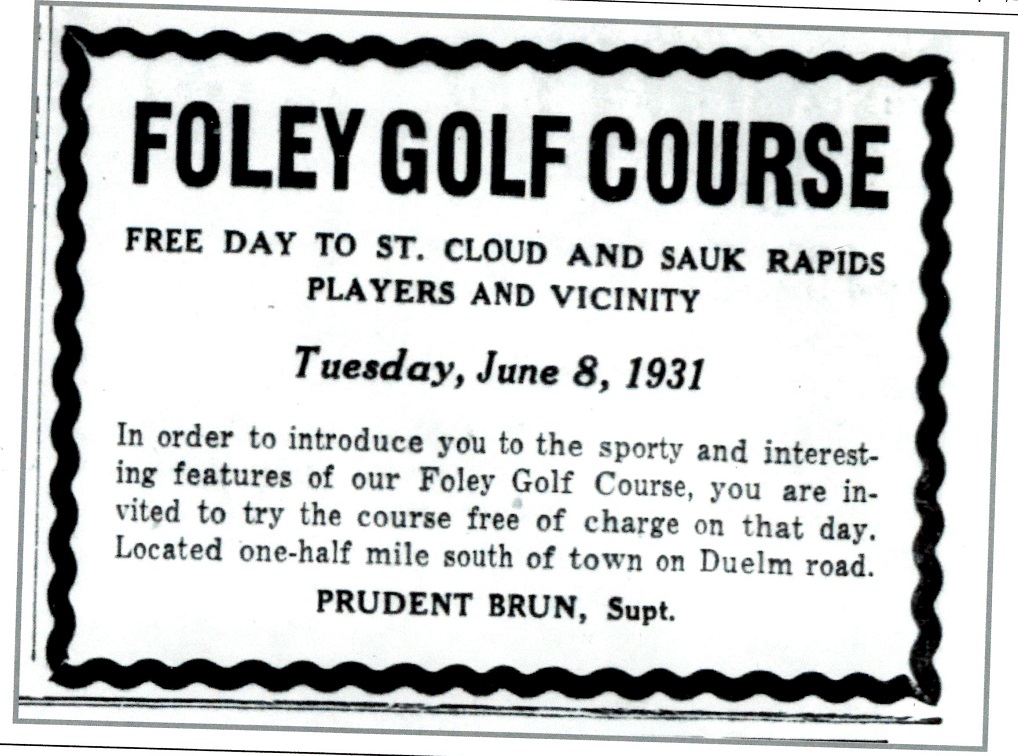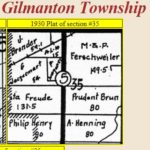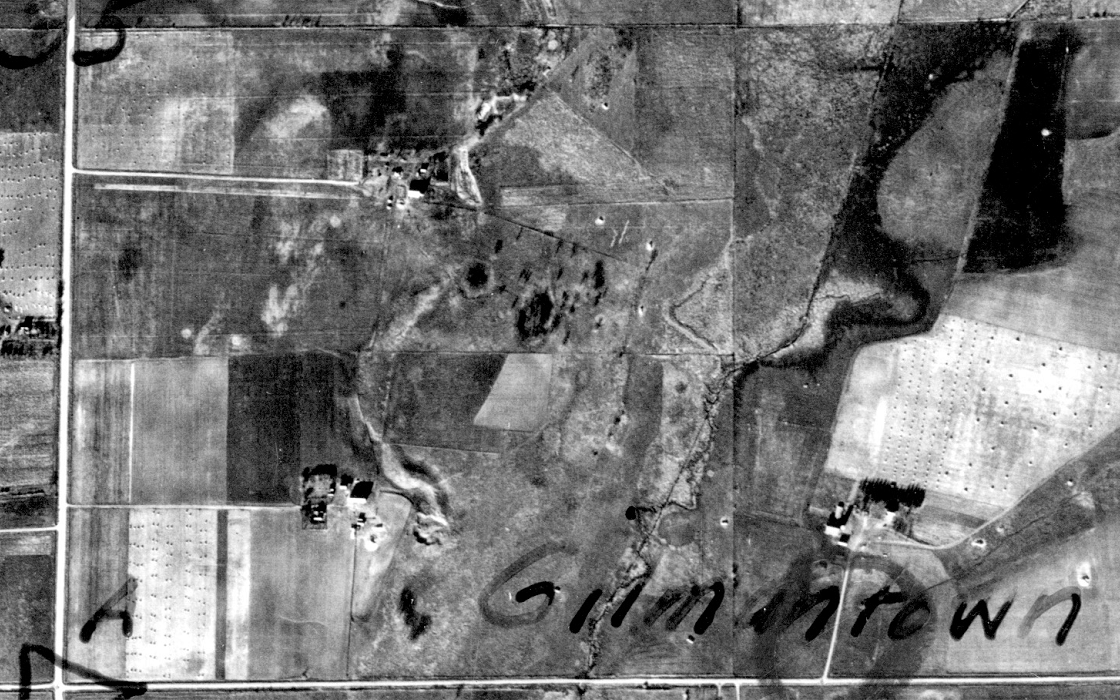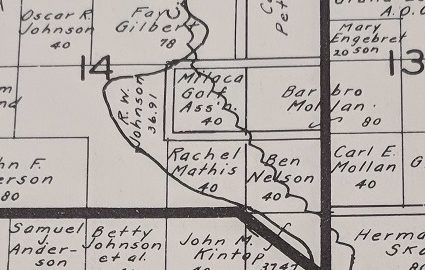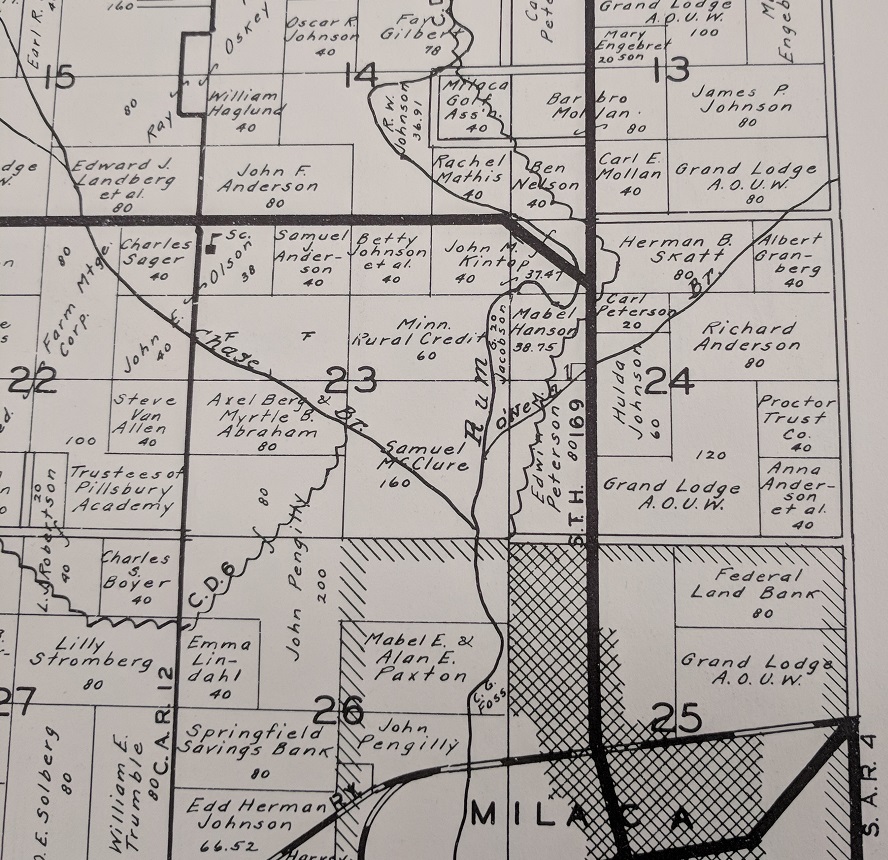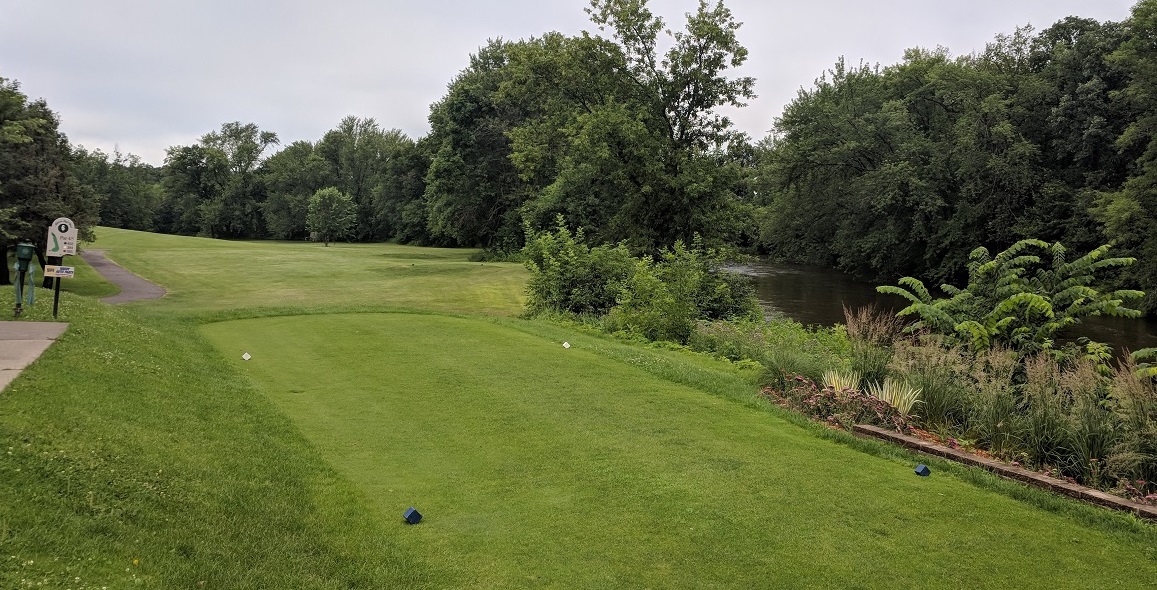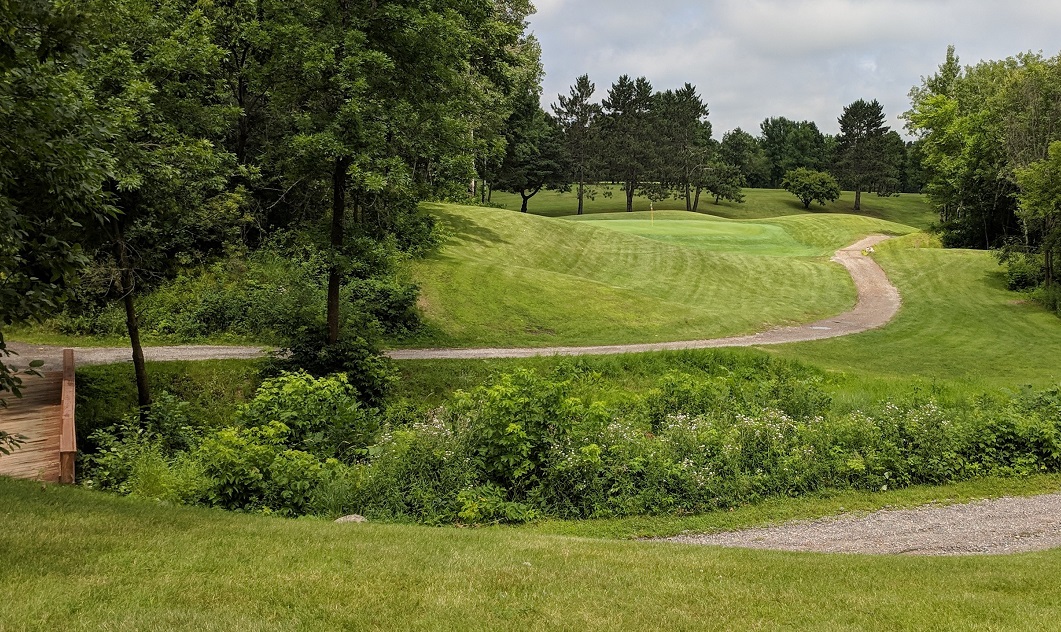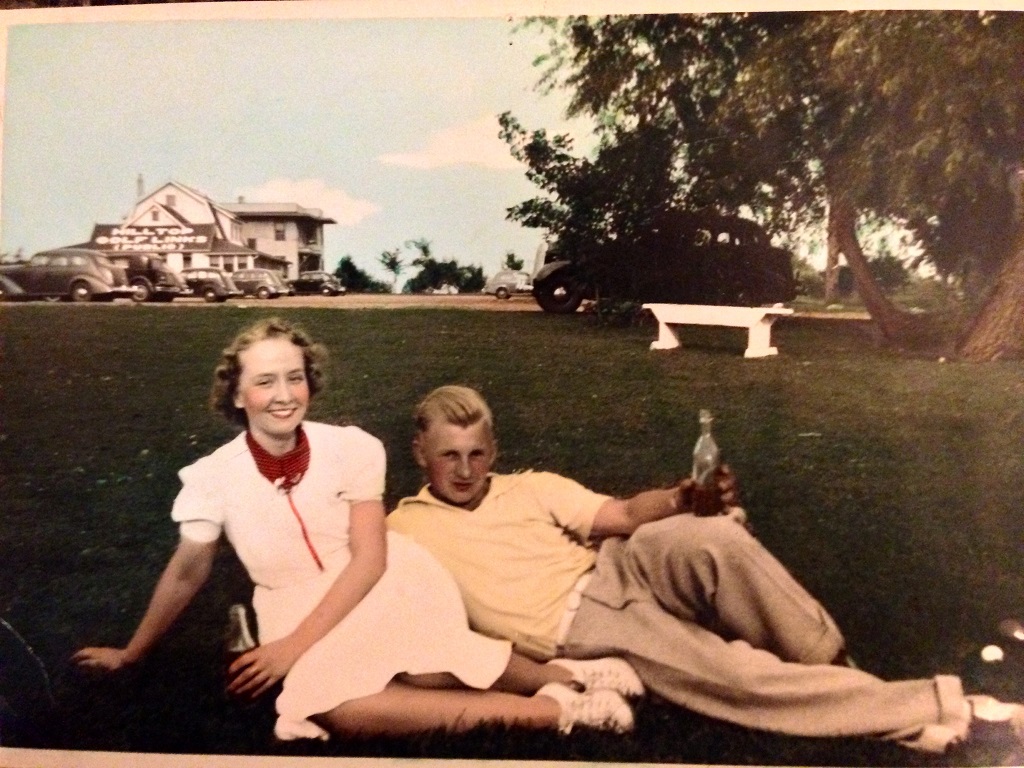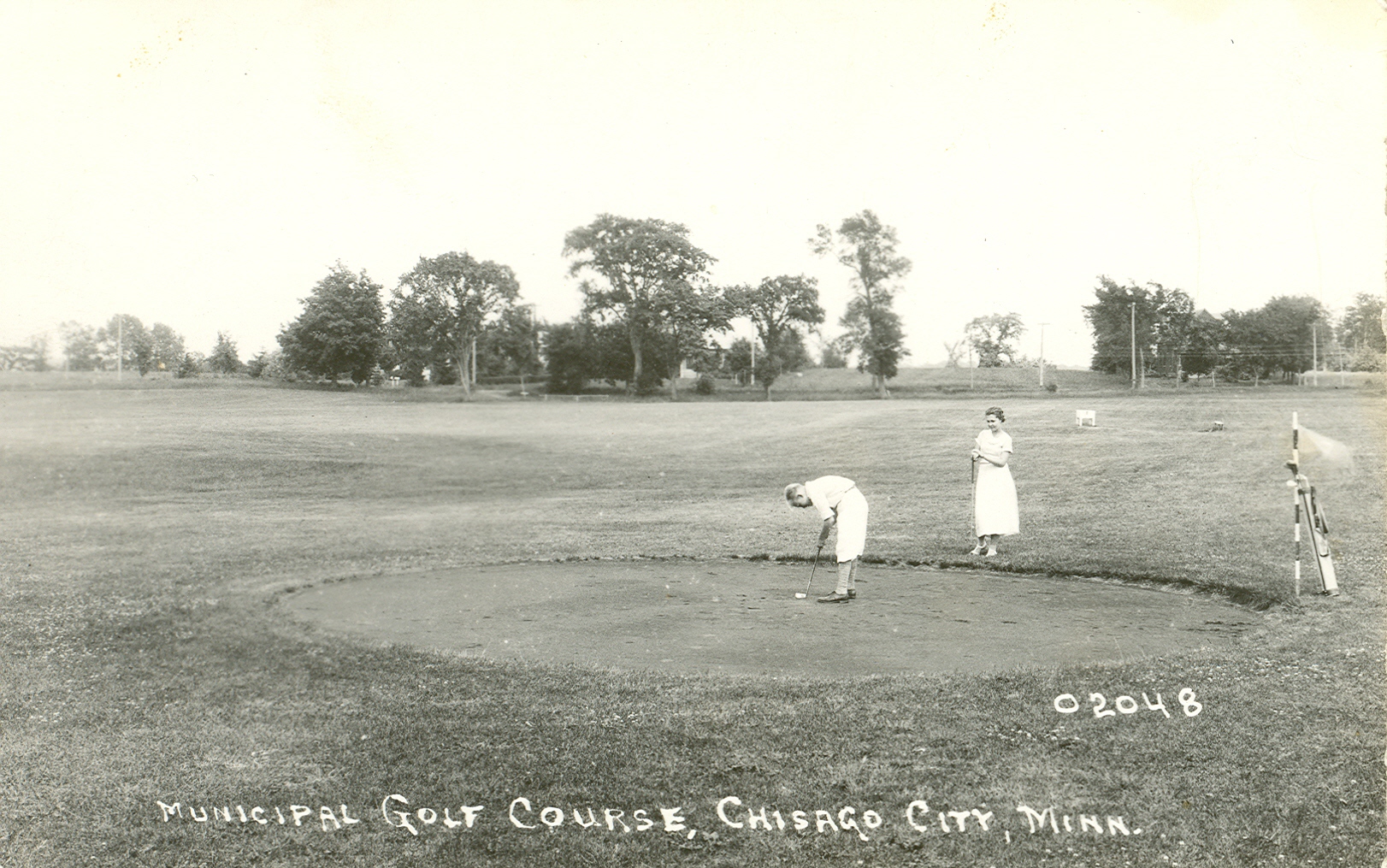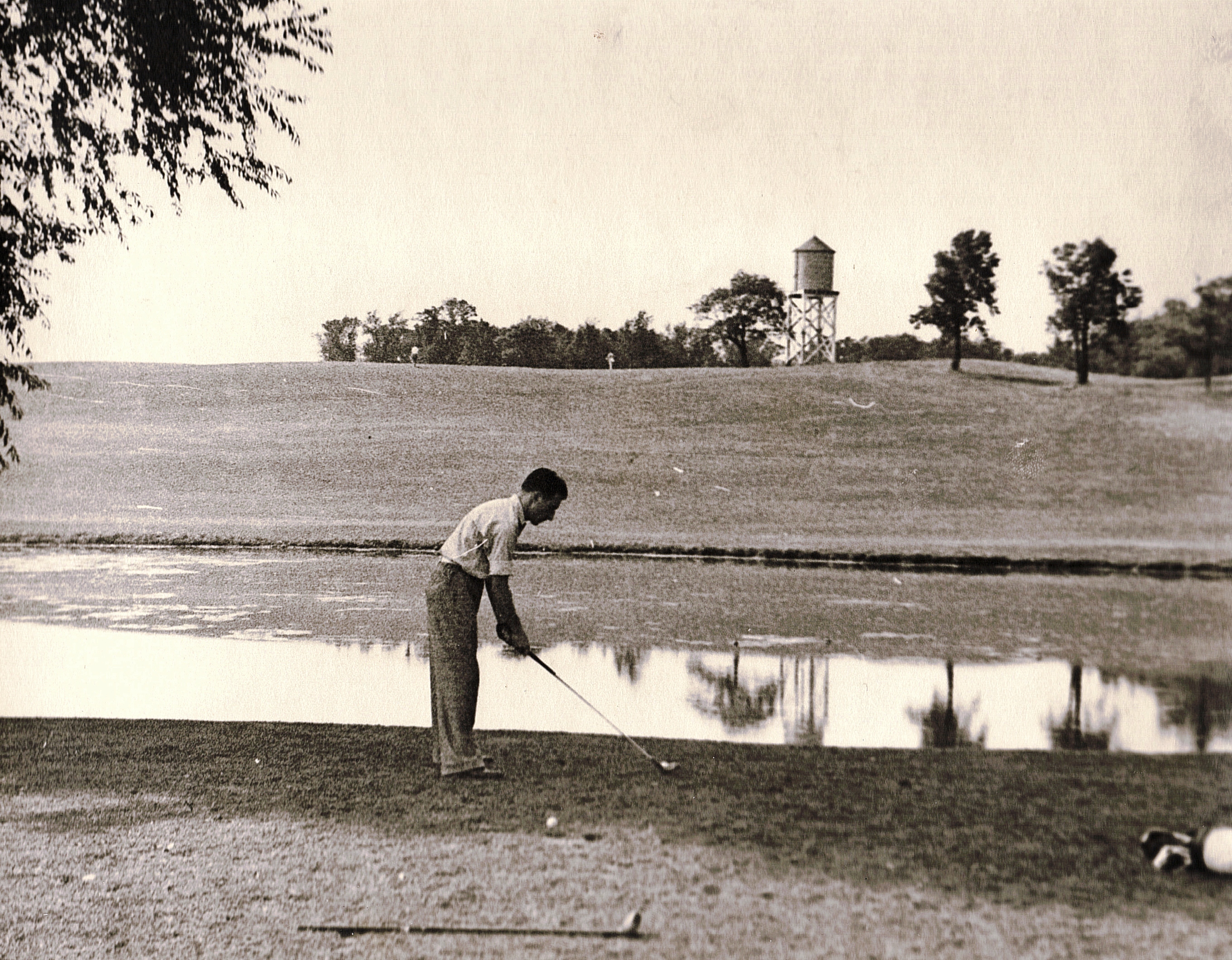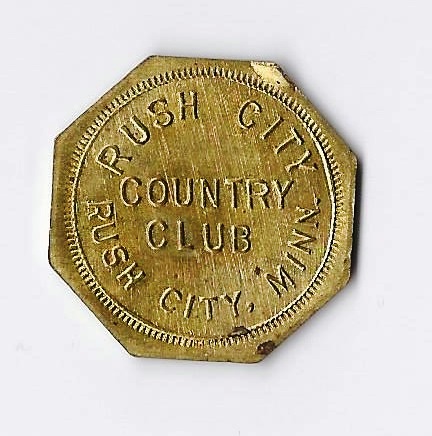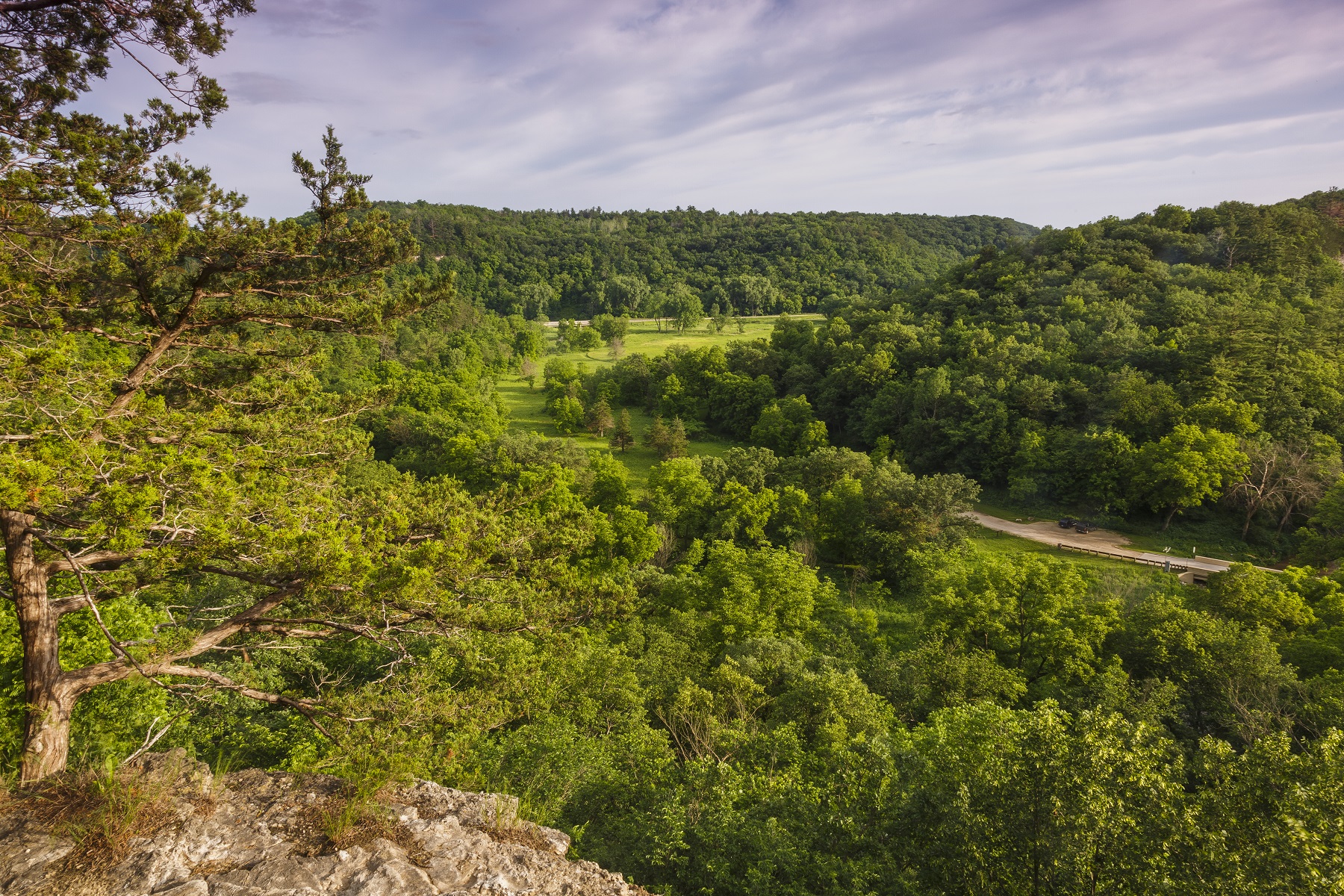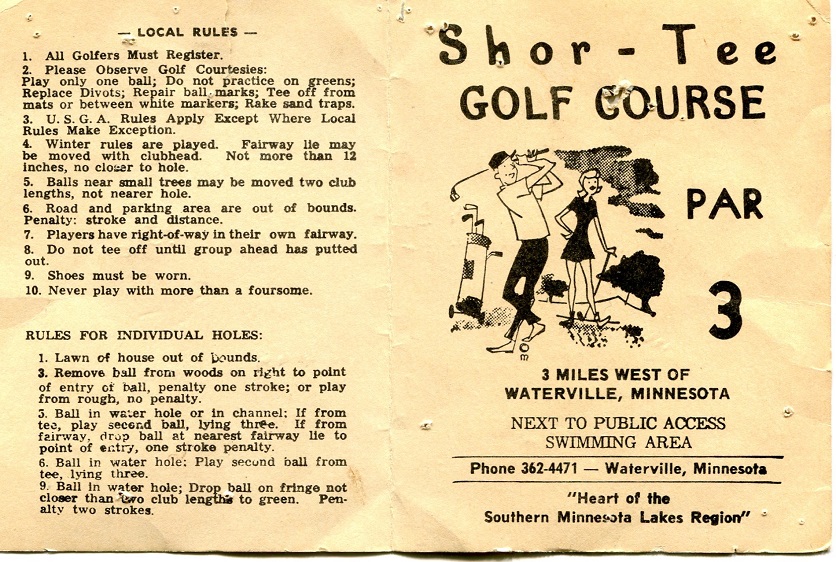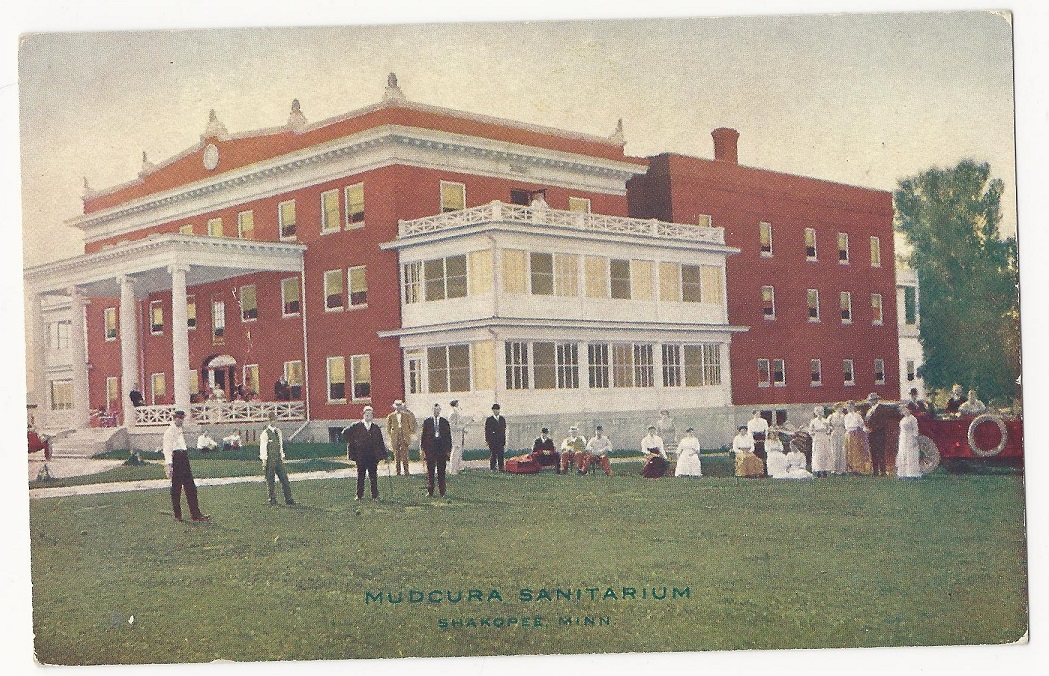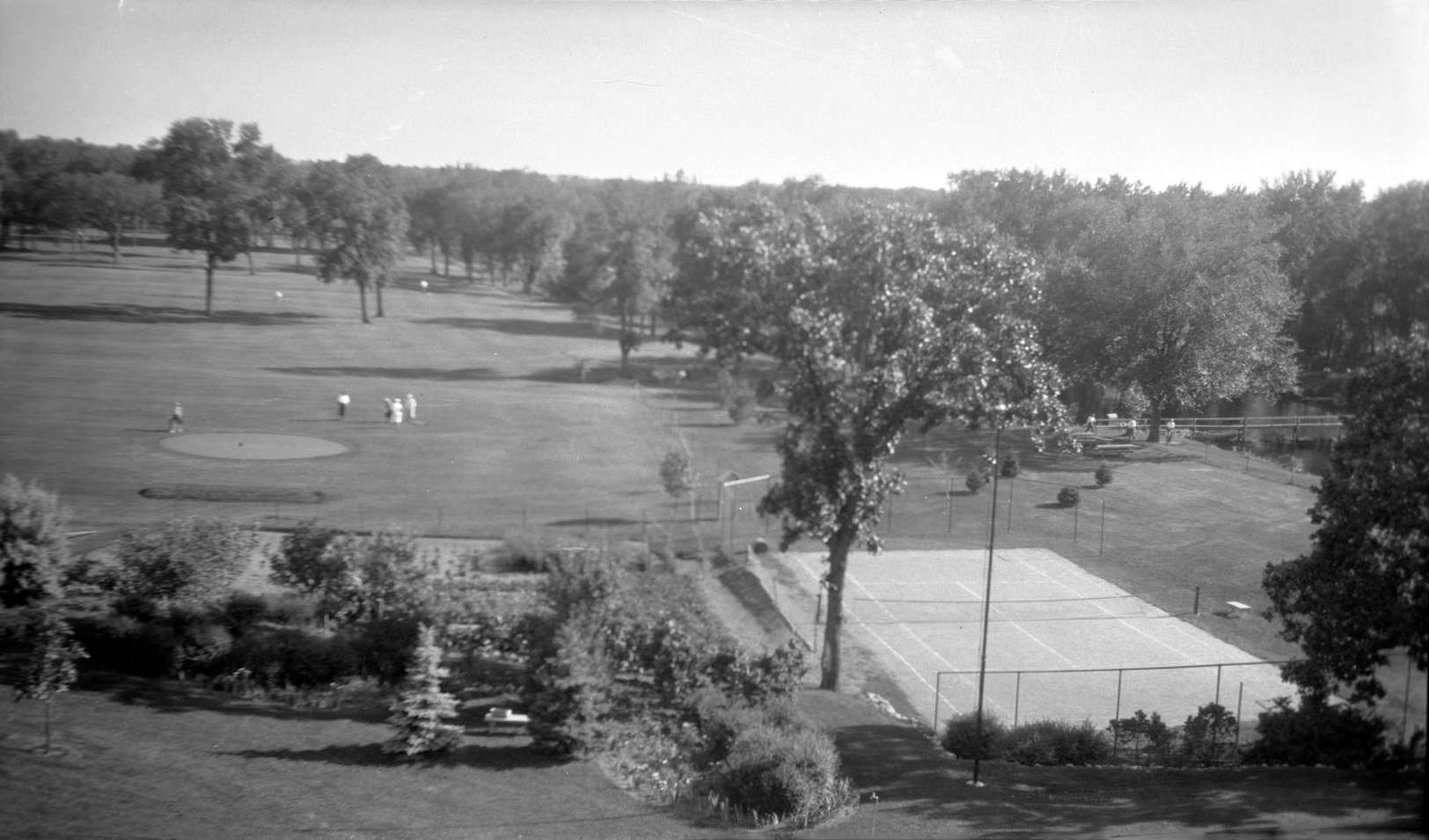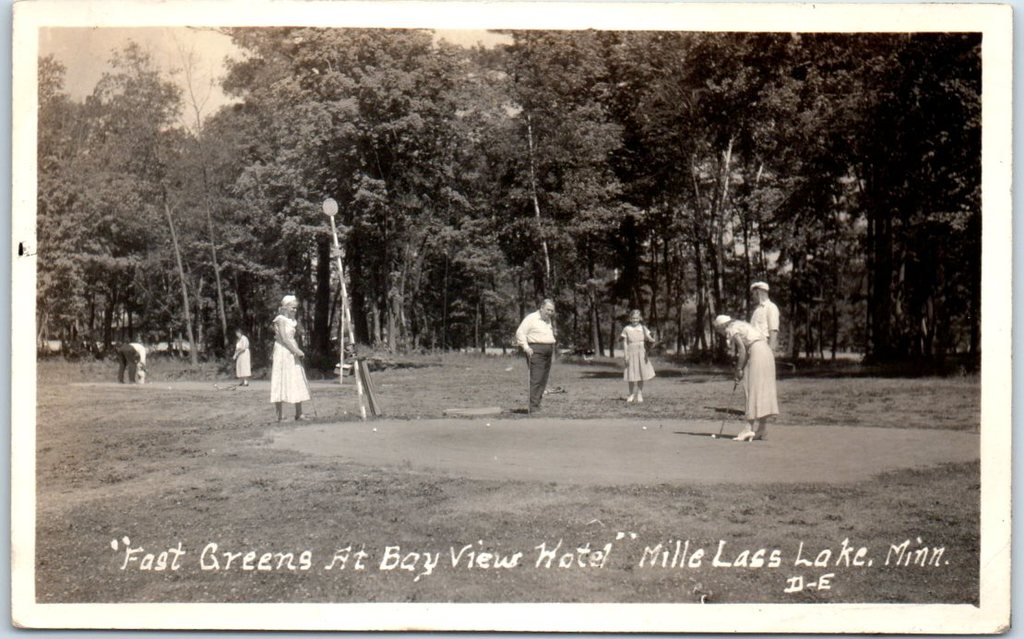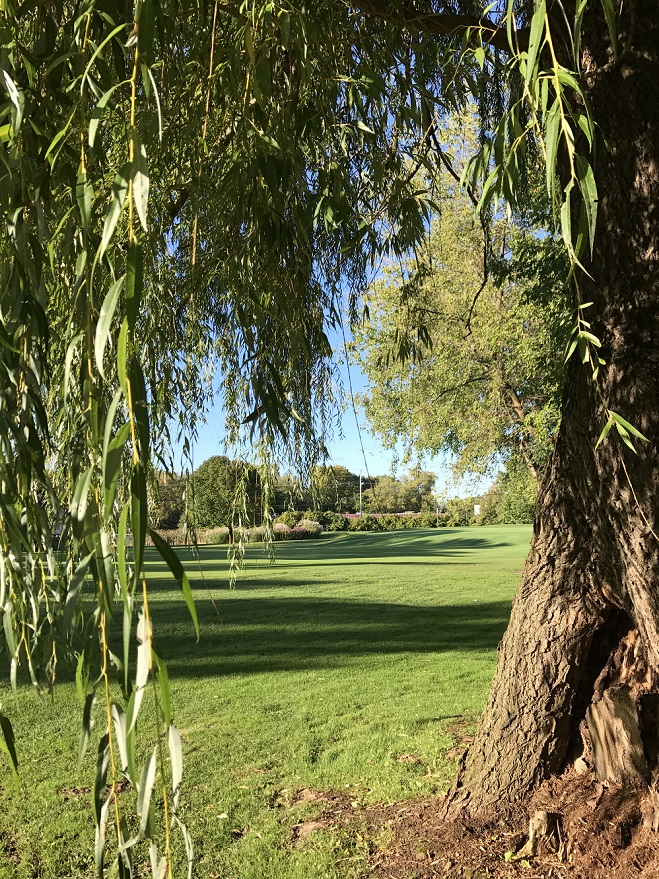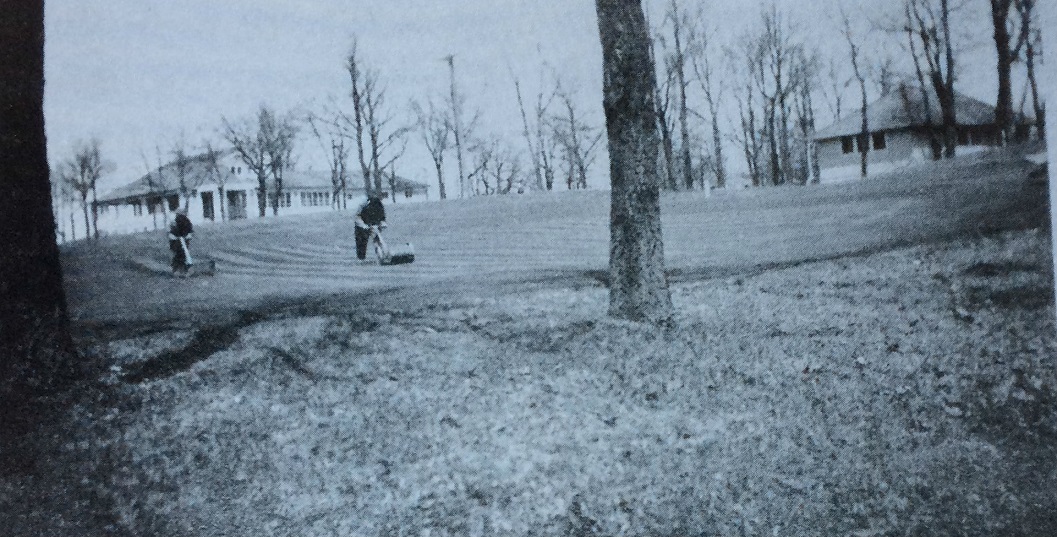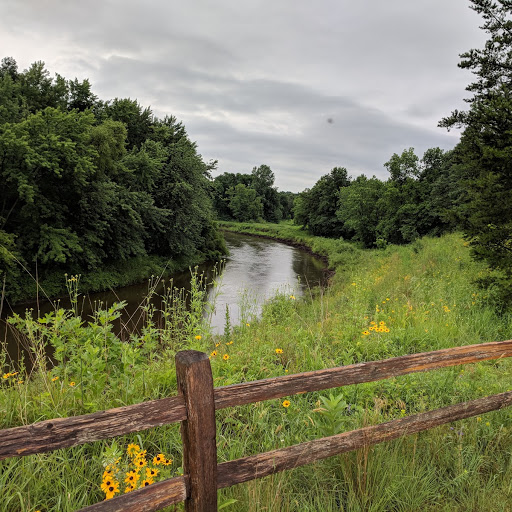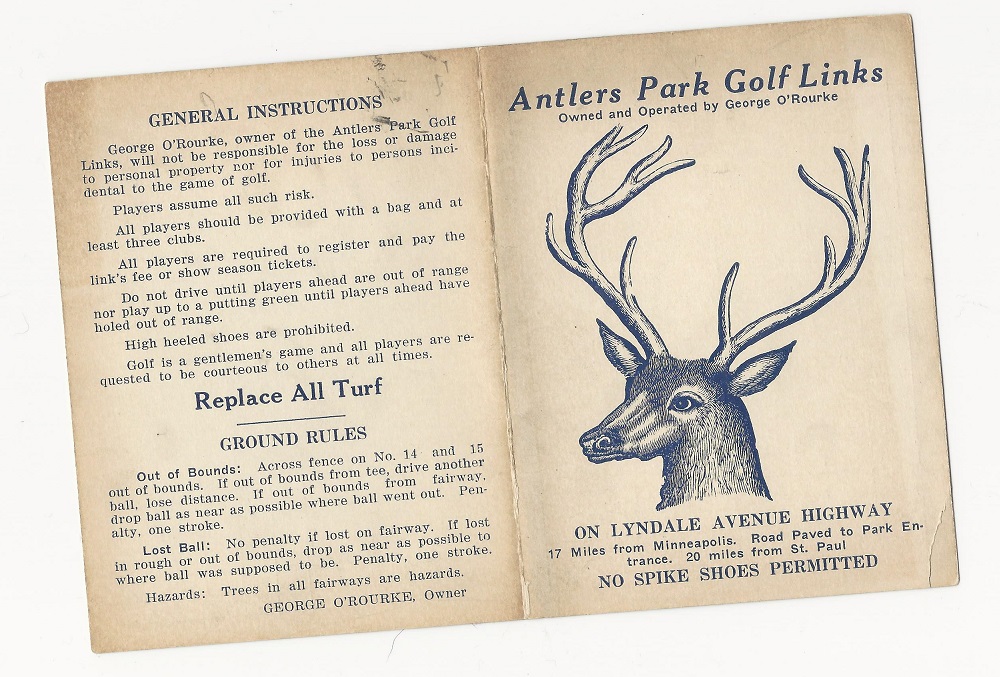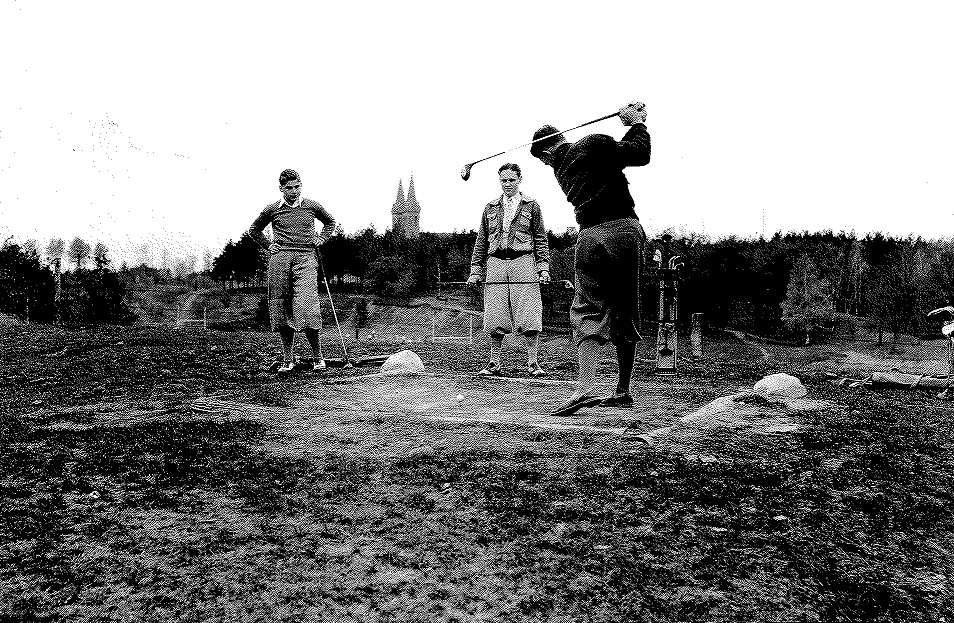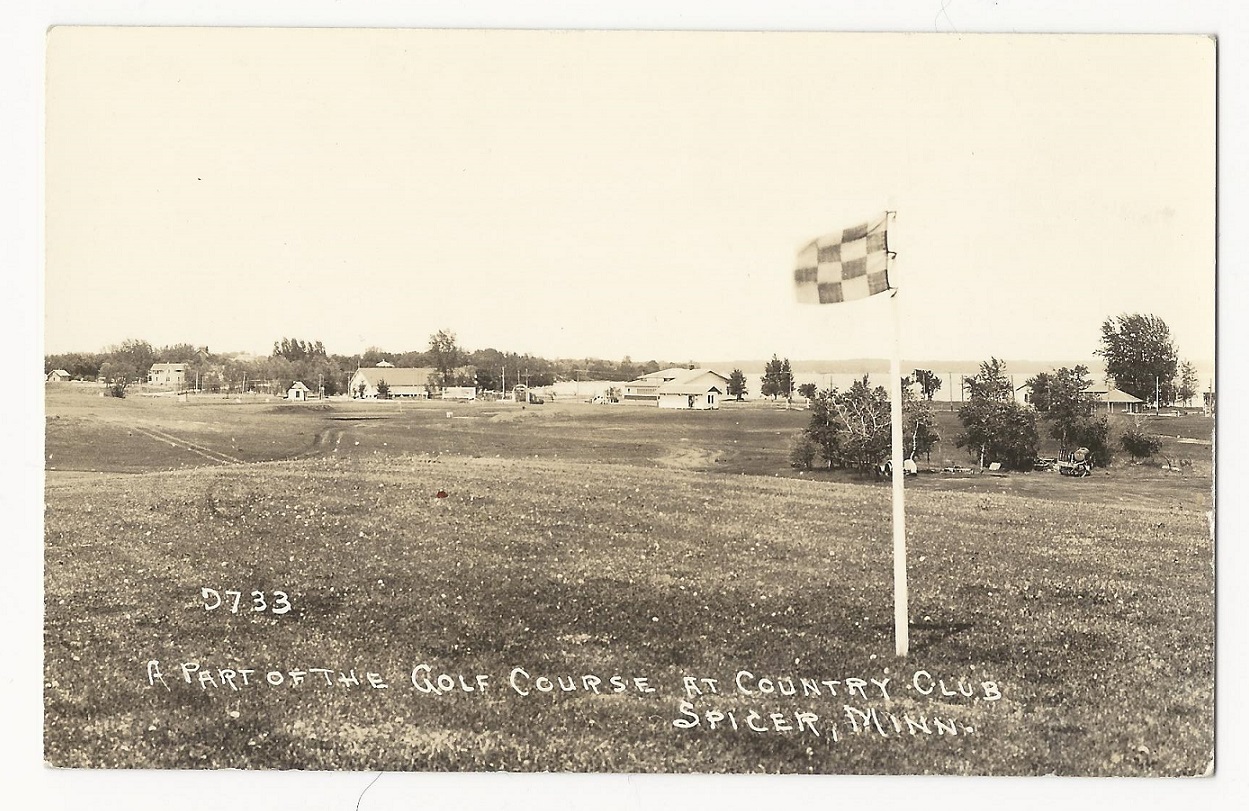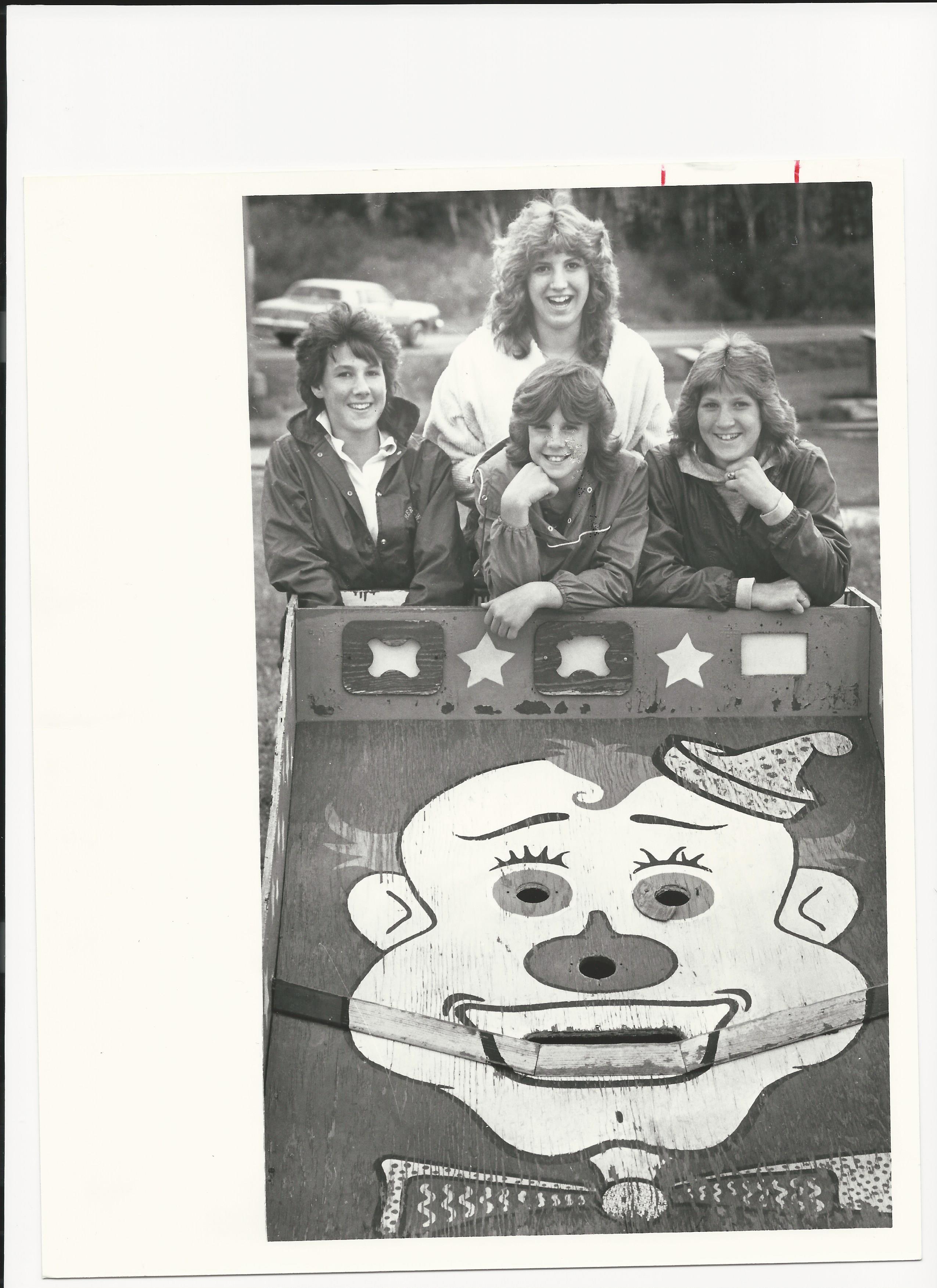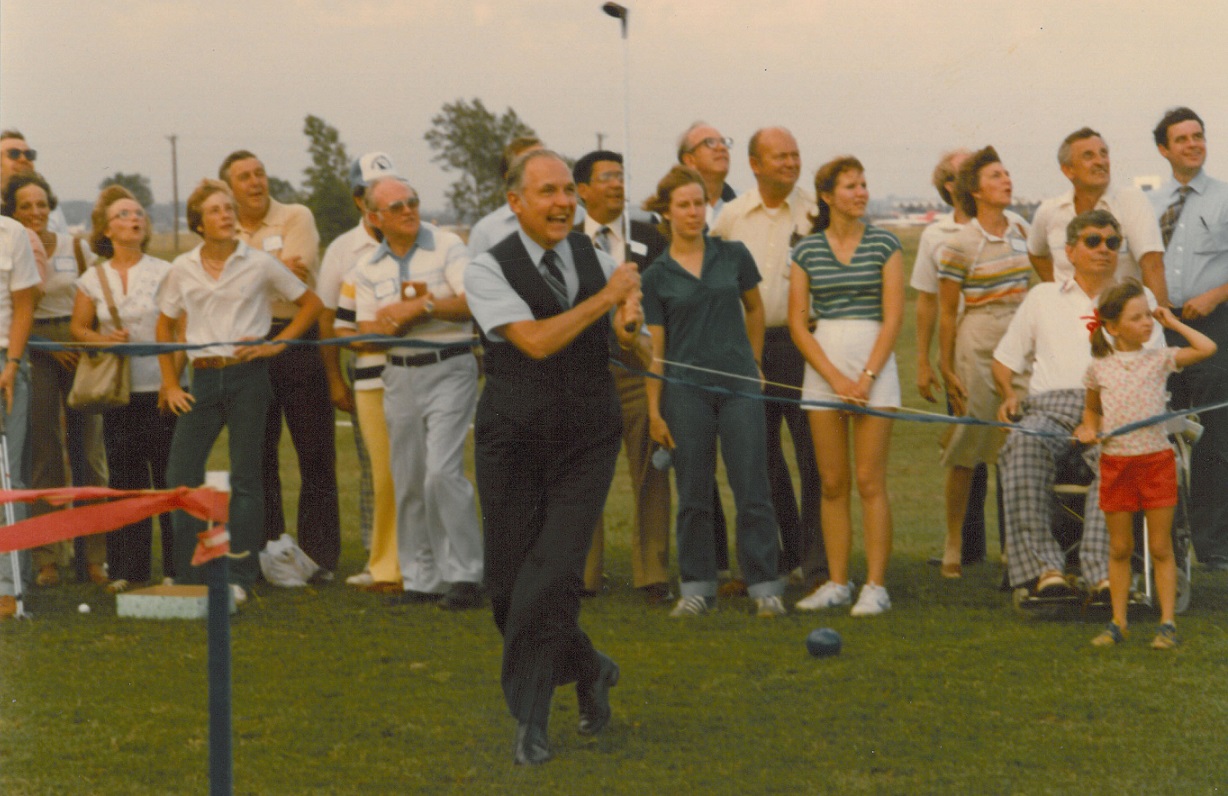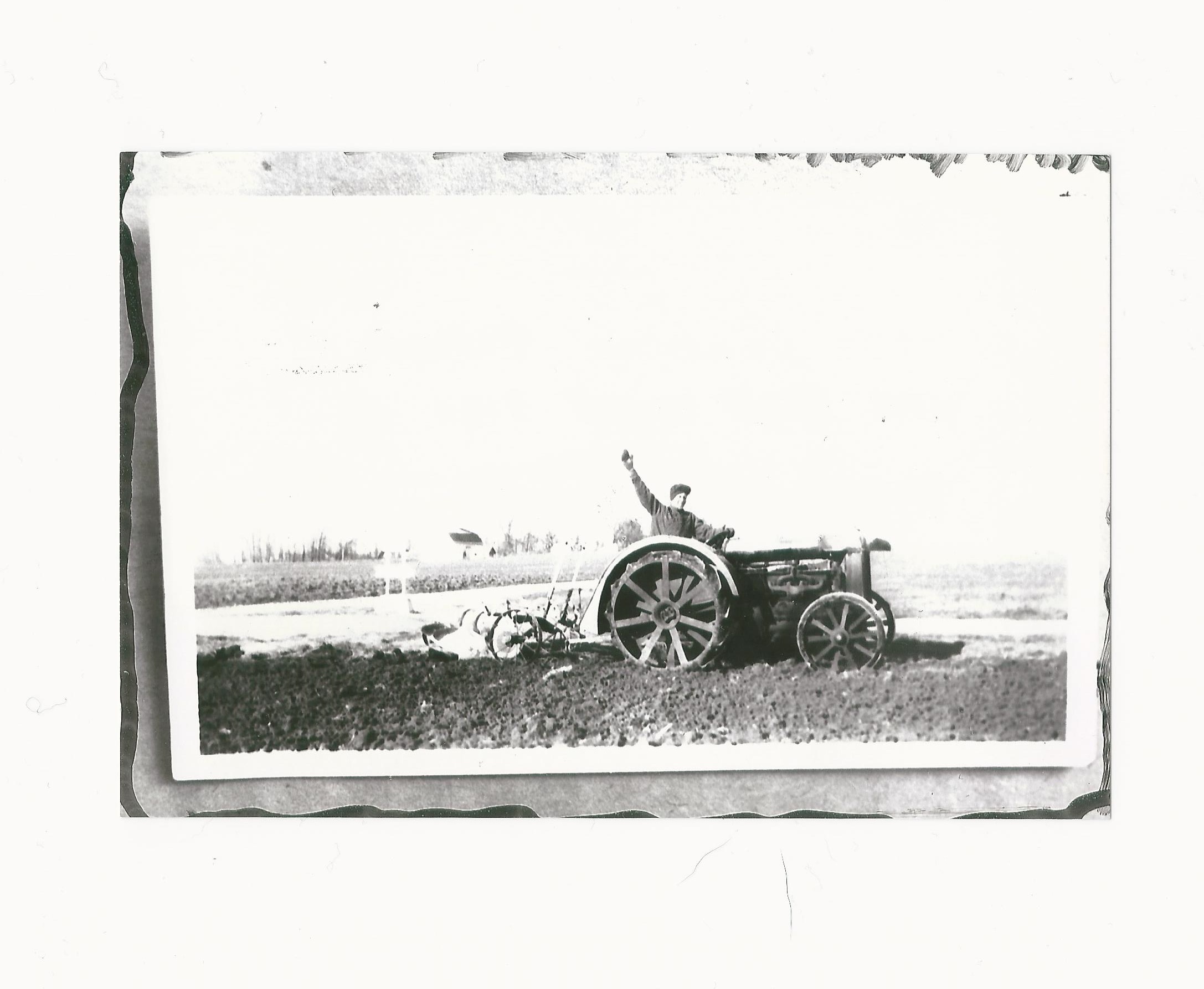Next time you drive through west-central Minnesota and find yourself in the city of Hutchinson, turn north on California Street and head up to its intersection with 8th Avenue Northwest.
Goodness’ sake, don’t stop. Just drive past casually, don’t pull over, don’t knock on any doors, don’t draw any attention to yourself or the peace-seeking residents.
This is history, but no one has to know it.
No one has to care, either. And very few probably will. But I’ll fill you in anyway.
The intersection of California and 8th signals of one of the more unusual convergence of golf-course sites in Minnesota. That’s because you can look one way — just a few yards to the east — and see where ladies and gentlemen with hickory-shafted MacGregors used to four-putt the old sand green at Hutchinson Golf Club, or you can drive a few hundred more yards north on California, zip into a parking space at Country Club Manor apartments — don’t take a resident’s parking spot! — get out, and take a gander at Hutchinson GC’s immediate successor: Crow River Country Club.
Among Minnesota’s 200-plus lost golf courses, I can think of no other place where a golf club abandoned a course in one place and reopened so nearby, yet not on the same site, and not to mention so soon.
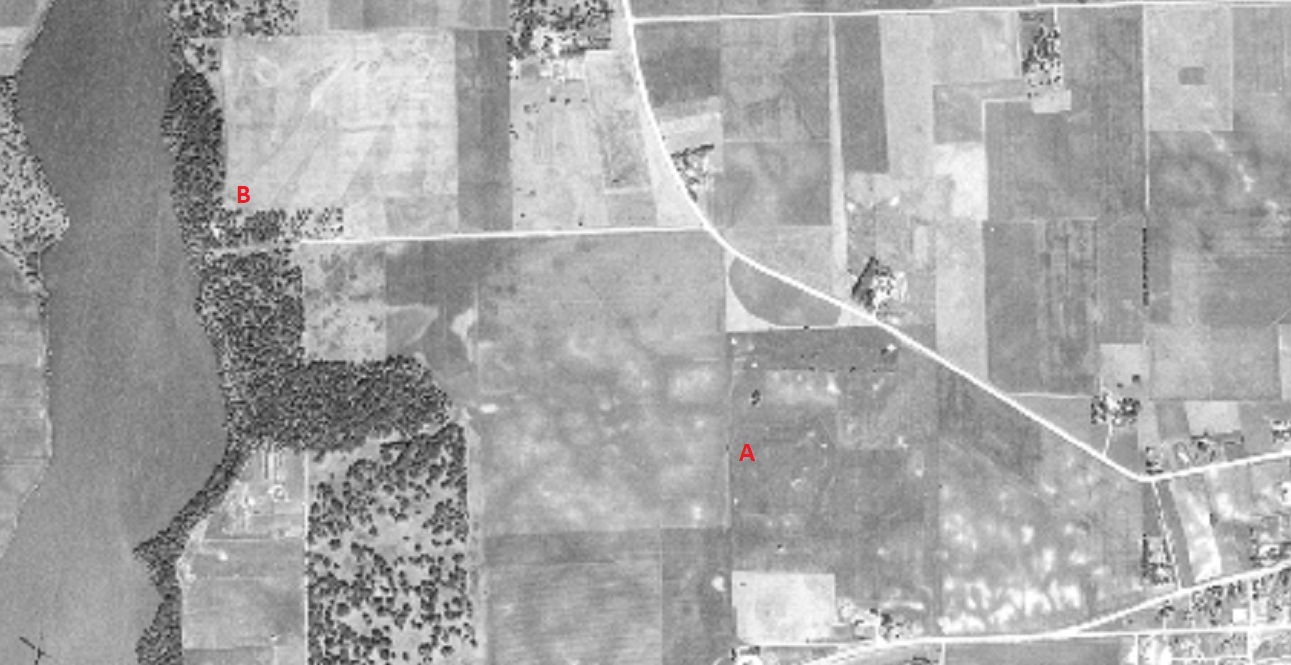
Incidentally, a third golf course — and second of the lost variety — also lies only a couple of hundred yards away. The Meadow Links course (1999-circa 2015) was just across McLeod County Highway 12, or Golf Course Road, from both the Hutchinson GC site and Crow River CC.
Hutchinson Golf Club got its start on the “California Street” site — albeit there was no such street at the time — in the late 1920s. On April 25, 1926, the Minneapolis Tribune reported, “The Hutchinson golf club has leased 35 acres of ground from D.S. Todd, about a mile west of the city, and will lay out a first class golf course. The officers of the club plan to have an expert here soon to lay out the course. The land is ideal, rolling and with good natural hazards.”
Typically, a new golf course would take about one season to grow in and be ready for play. That appeared to be the case in Hutchinson. A story in the May 22, 1927, Minneapolis Tribune again mentioned the purchase of the Todd land and a golf course of nine holes, par 34, 2,400 yards long, with sand traps and bunkers, a toolhouse and rain shelter and “a competent caretaker.” E.S. Noreen was club president, and the Leader reported that a flock of sheep would graze the site.
On June 17, 1927, the Hutchinson Leader reported that a club tournament would be held two days hence, with a fee of 25 cents for “eight holes.” The suspicion here is that the number of holes was misstated, because on June 24, the Leader reported that 23 players participated, with Charles Borkenhagen low man with a 43 “for nine holes.”
And here, an admission: Although it’s almost certain that golf in Hutchinson formally began a decade earlier, I whiffed on confirming that. The May Minneapolis Tribune story ran under the headline “Hutchinson Golf Club Enters Second Decade” but made no mention of a course that would have preceded the one on the Todd land. A source in the city said there had indeed been a predecessor, and that there was written confirmation of it, but no one ever got back to me with such confirmation. An update on this paragraph is at the end of the story.
Hutchinson Golf Club — on the Todd site — had about 75 members in 1926, the Leader reported. Play continued there through the 1930s. In 1932, new bunkers were added, and a membership drive brought in players from the nearby cities of Brownton, Glencoe, Stewart and Buffalo Lake. In May 1934, a clubhouse was moved from the site “of the old Triple L Hatchery to the southwest corner of the course at the No. 1 tee,” the Leader reported. This would have been near the current home of Hutchinson Auto Sales, just north of 4th Avenue Southwest/Highways 7 and 22. The caretaker in 1934 was Richard Ahlbrecht, and club president was Dr. W.L. Bahr.
The late 1930s brought about an itch to move.
“Golf Club Has Plans Ready,” the Leader reported on April 15, 1938. Work was expected to start by May 1 on a new site, northwest of the Todd site and near Campbell Lake, and “a total of $6,000 was subscribed to build the new course.”
The previous month, the Leader had reported that Earle M. Barrows, “an expert in golf course construction,” had visited Hutchinson and obtained a contour map of the 54.5-acre plot owned by the W.E. Harrington estate on which a new course would be built, “with watered greens and fairways, and grass greens.”
Barrows had a solid golf background. He was in the real estate business, according to a 1920 Minneapolis city directory, and in 1923 was elected chairman of Bloomington Golf Club as that club evolved from the Automobile Club of Minneapolis. Bloomington GC, now known as Minnesota Valley, was the product of famed golf course designer Seth Raynor (a notion that, to be fair, is disputed by some golf historians, though there is little question Raynor’s influence came into play at Bloomington GC). Barrows also was an early golf turfgrass expert and collaborated with J.A. Hunter of Minneapolis to lay out the now-lost Hilltop Golf Links course in Columbia Heights (1926-46).
In July 1938, construction of the greens at the new Hutchinson course was in full force. The greens, the Leader reported, were to be seeded between Aug. 15 and Sept. 1 with Northern Bent grass. “The show green, No. 5, at the approach to the course, will be 7,000 square feet in size,” the newspaper reported. “With favorable conditions the course will be ready for play next summer, and all observers say it will be among the most beautiful and picturesque in the state.”
The new course, renamed Crow River Country Club by the Hutchinson GC members, opened in May 1939. The Leader reported that it was 3,155 yards long, par 36, with these hole yardages: 360, 177, 446, 300, 200, 460, 415, 385 and 412. “Several greens are in the woods,” the newspaper said, “and the entire course overlooks the lake.” Edwin Nurse was retained as one caretaker, and Harvey Hoff was brought on as another. Work was being started on a clubhouse measuring 24 by 56 feet.
Crow River CC staged its first shortstop tournament on June 25, with an entry fee of $1. Entrants were from Hutchinson, Brownton, Buffalo, Buffalo Lake, Cokato, Dassel, Glencoe, Stewart and Winthrop. Cliff Popp won, with nine-hole rounds of 44, 43 and 43.
In 1978, Crow River expanded to the 18-hole layout it is today.
Update, May 2019: I found an update on the history of golf in Hutchinson in the “McLeod County History Book” of 1978. It identifies the city’s first lost golf course, plus one other that doesn’t quite meet muster as a full-fledged course (has to have at least six holes, in my opinion).
Golf in Hutchinson began, the history book reports, with four or five holes in a pasture on the Ingebretsen farm about three miles east of Hutchinson, southeast of a farmhouse bordering the Great Northern railroad tracks. In October 1923, a meeting was held to discuss renting land on the Herman Schmidt farm 2.5 miles northwest of town, on the northwestern shore of Otter Lake. That course’s first tournament was held on June 15, 1924 (making Hutchinson Golf Club I Minnesota lost course No. 207 on my list).
